What are Redcurrants?
Redcurrants (Ribes rubrum) are small, bright red berries that pack a powerful punch of flavor and nutrition. These tart fruits are native to parts of Europe and Northern Africa, and they have been cultivated for centuries for their culinary and medicinal benefits. Rich in vitamins, antioxidants, and other beneficial compounds, redcurrants can be a valuable addition to a healthy diet. This article explores the numerous health benefits and uses of redcurrants, highlighting why they deserve a place in your pantry.
Nutritional Profile of Redcurrants
Redcurrants are low in calories yet rich in essential nutrients. A 100-gram serving of redcurrants contains approximately:
- Calories: 56
- Carbohydrates: 14 grams
- Dietary Fiber: 4 grams
- Sugars: 7 grams
- Protein: 1 gram
- Vitamin C: 41 mg (68% of the Daily Value)
- Vitamin K: 11 mcg (14% of the Daily Value)
They also contain smaller amounts of vitamins E and B6, as well as minerals like iron, manganese, and potassium. This impressive nutritional profile makes redcurrants a nutrient-dense food.
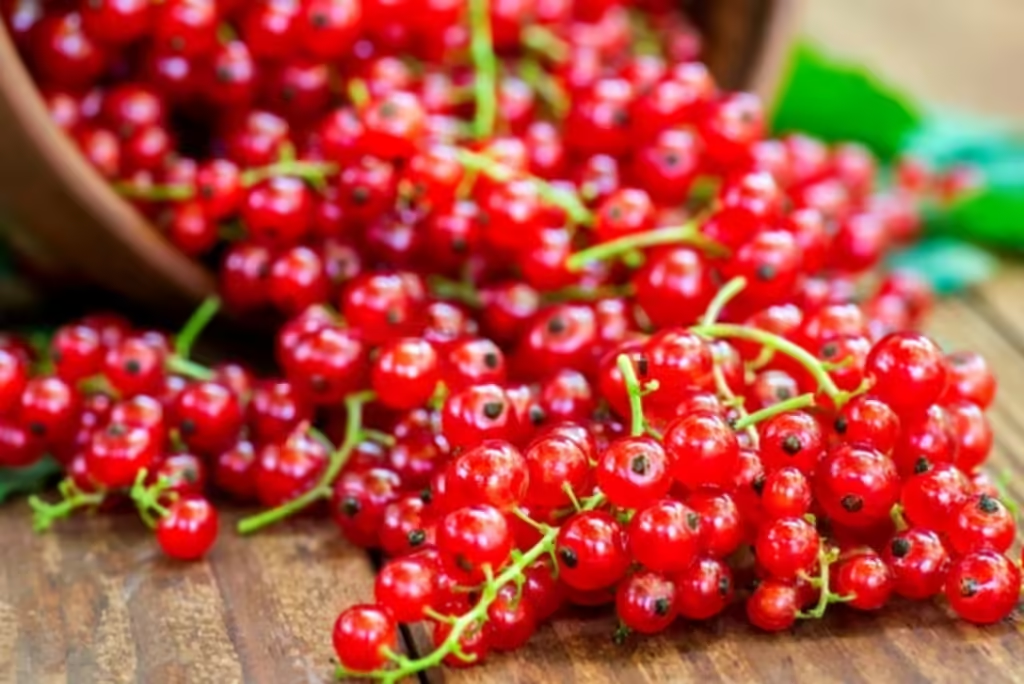
Health Benefits of Redcurrants
1. Rich in Antioxidants
Redcurrants are packed with antioxidants, particularly vitamin C and polyphenols. Antioxidants help neutralize harmful free radicals in the body, reducing oxidative stress and lowering the risk of chronic diseases such as heart disease, cancer, and neurodegenerative disorders.
2. Supports Immune Function
The high vitamin C content in redcurrants plays a crucial role in supporting the immune system. Vitamin C enhances the production of white blood cells, which are vital for fighting infections. Regular consumption of redcurrants can help bolster your immune defenses and keep common illnesses at bay.
3. Promotes Digestive Health
With a good amount of dietary fiber, redcurrants aid in maintaining a healthy digestive system. Fiber promotes regular bowel movements, prevents constipation, and supports the growth of beneficial gut bacteria. This can lead to improved digestion and better overall gut health.
4. Enhances Skin Health
Redcurrants are beneficial for skin health due to their high antioxidant content. Antioxidants protect the skin from damage caused by environmental factors like UV radiation and pollution. Additionally, vitamin C is essential for collagen production, which keeps the skin firm and youthful.
5. Supports Heart Health
The potassium and fiber in redcurrants contribute to heart health. Potassium helps regulate blood pressure by counteracting the effects of sodium, while fiber helps reduce cholesterol levels. Together, these nutrients support cardiovascular health and reduce the risk of heart disease.
6. Aids Weight Management
Redcurrants are low in calories and high in fiber, making them a great choice for those looking to manage their weight. The fiber content helps you feel full longer, reducing overall calorie intake and helping to prevent overeating.
7. Improves Vision Health
Redcurrants contain vitamin A and carotenoids, which are essential for maintaining healthy vision. These compounds protect the eyes from oxidative stress and reduce the risk of age-related macular degeneration and cataracts.
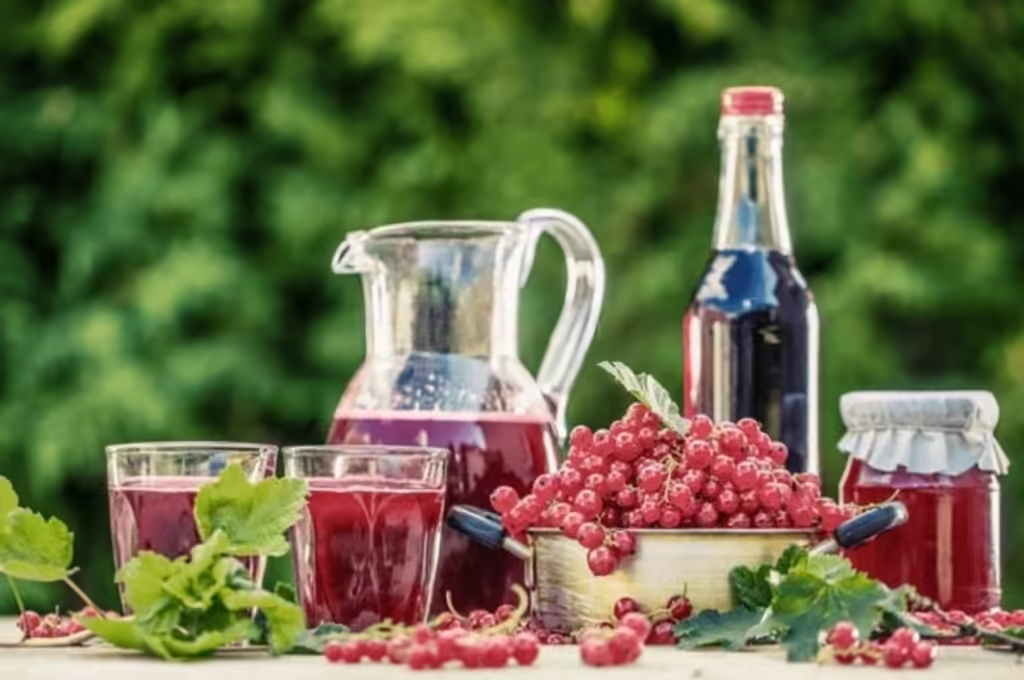
Uses of Redcurrants
Culinary Uses
Redcurrants are versatile fruits that can be used in a variety of culinary applications:
- Jams and Jellies: Redcurrants are often used to make delicious jams and jellies. Their natural tartness pairs well with sugar, creating a sweet and tangy spread.
- Baked Goods: Incorporate redcurrants into muffins, cakes, and pies for a burst of flavor and color. They can also be used as a topping for cheesecakes and tarts.
- Salads: Add a handful of fresh redcurrants to salads for a tangy twist. They pair well with leafy greens, nuts, and cheese.
- Sauces and Chutneys: Redcurrants can be cooked down into sauces and chutneys that complement meats like pork, lamb, and poultry.

Medicinal Uses
Redcurrants have been used in traditional medicine for their health-promoting properties. Some of the medicinal uses include:
- Anti-inflammatory Properties: Redcurrants contain compounds that have anti-inflammatory effects, which can help reduce symptoms of conditions like arthritis and gout.
- Digestive Aid: Consuming redcurrants or their juice can help alleviate digestive issues such as bloating and indigestion.
- Cold and Flu Relief: Due to their high vitamin C content, redcurrants can help reduce the severity and duration of colds and flu.
How to Incorporate Redcurrants into Your Diet
Incorporating redcurrants into your diet is easy and can be done in various ways:
- Fresh: Enjoy redcurrants fresh as a snack or add them to yogurt and oatmeal.
- Dried: Use dried redcurrants in baking or as a topping for cereals and salads.
- Juice: Drink redcurrant juice or use it as a base for smoothies and cocktails.
- Frozen: Keep frozen redcurrants on hand to add to smoothies or use in baking.
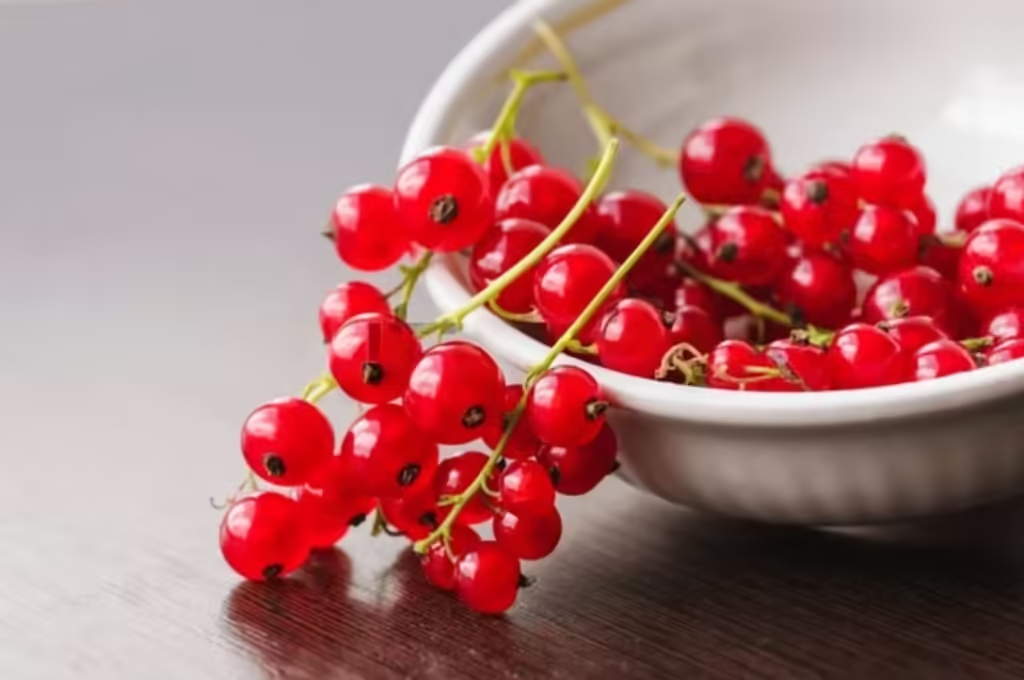
Growing and Harvesting Redcurrants
If you have a garden, consider growing your own redcurrant bushes. They thrive in well-drained soil with full sun to partial shade. Redcurrants are typically harvested in mid to late summer when the berries are bright red and firm. Regular pruning and proper care can yield a bountiful harvest year after year.
Conclusion
Redcurrants are not only a delightful addition to your meals but also a powerhouse of nutrients that offer numerous health benefits. From boosting your immune system to promoting heart and skin health, these small berries can make a big difference in your well-being. Whether you enjoy them fresh, dried, or as part of a recipe, incorporating redcurrants into your diet is a delicious way to enhance your health.
Topics covered
- What are Redcurrants?
- What are key nutrients in Redcurrants?
- What are health benefits of Redcurrants?
- How to use Redcurrants?
- Uses of Redcurrants.
- How to grow Redcurrants?

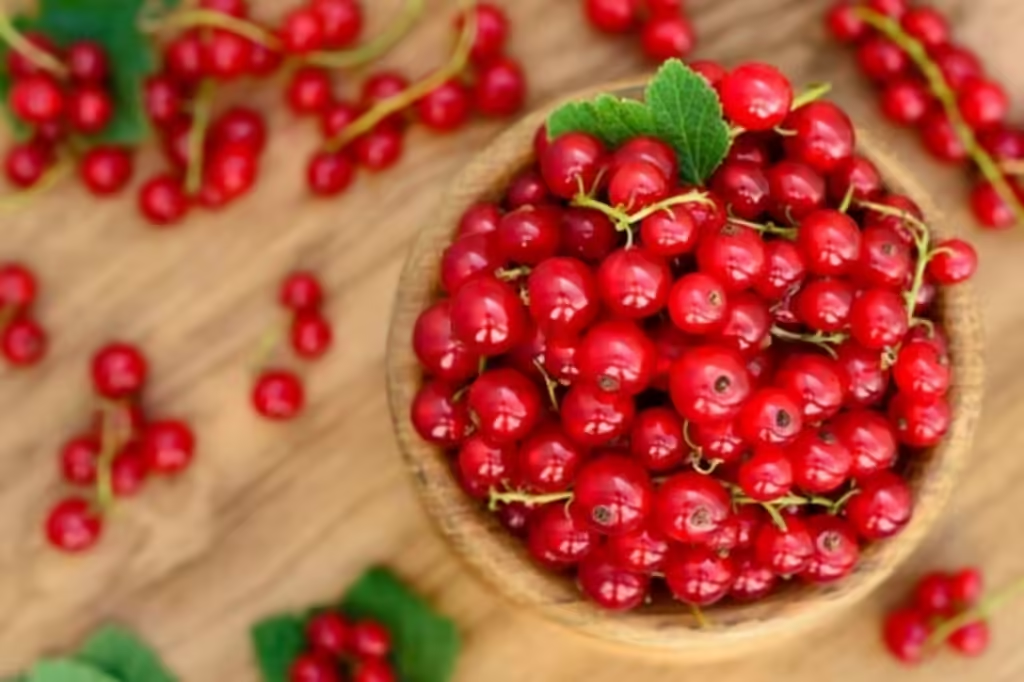


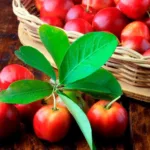
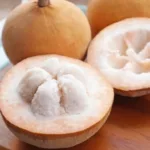
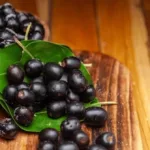
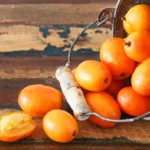
1 thought on “The Tiny Red Superfood: Unveiling the Health Magic of Redcurrants”